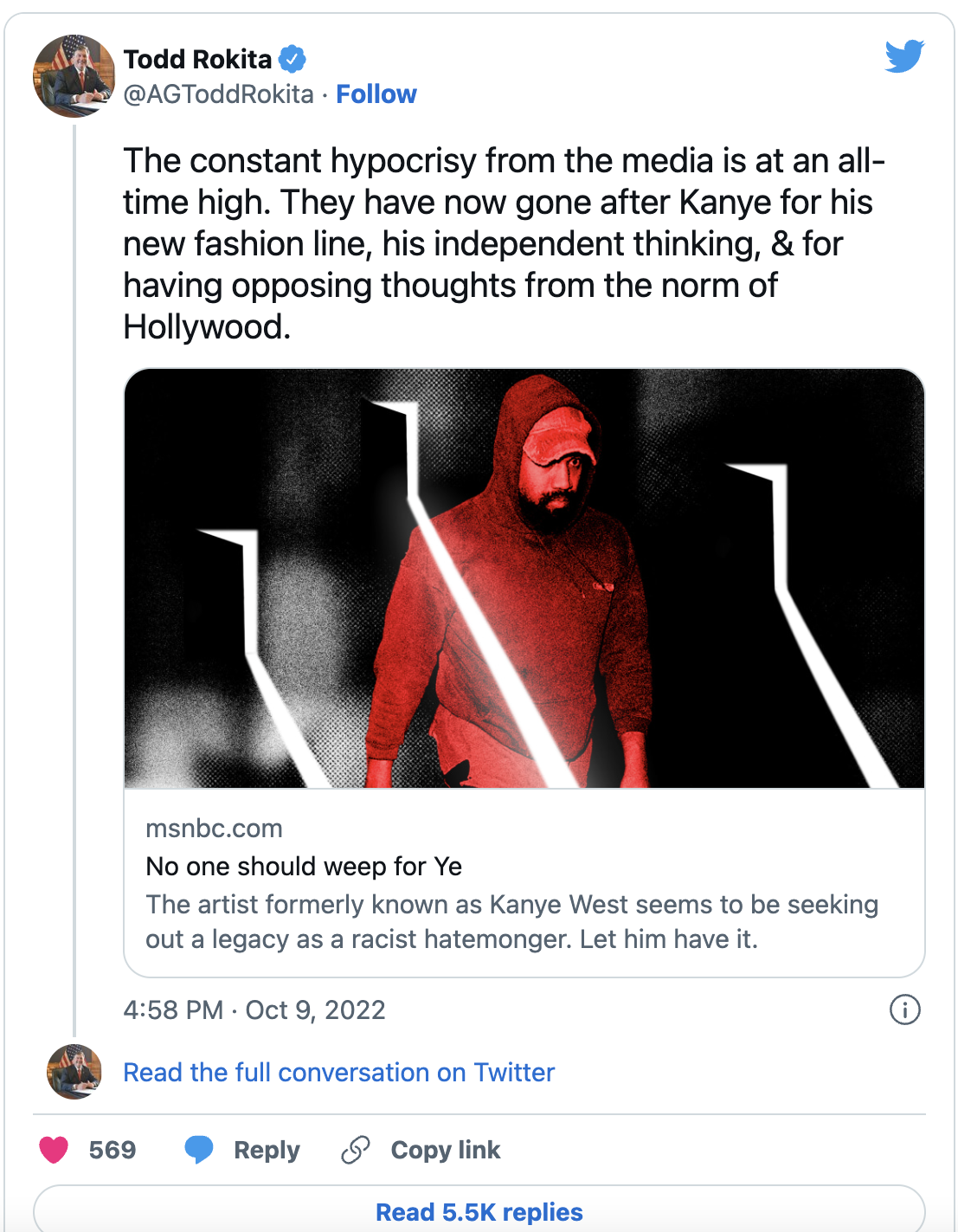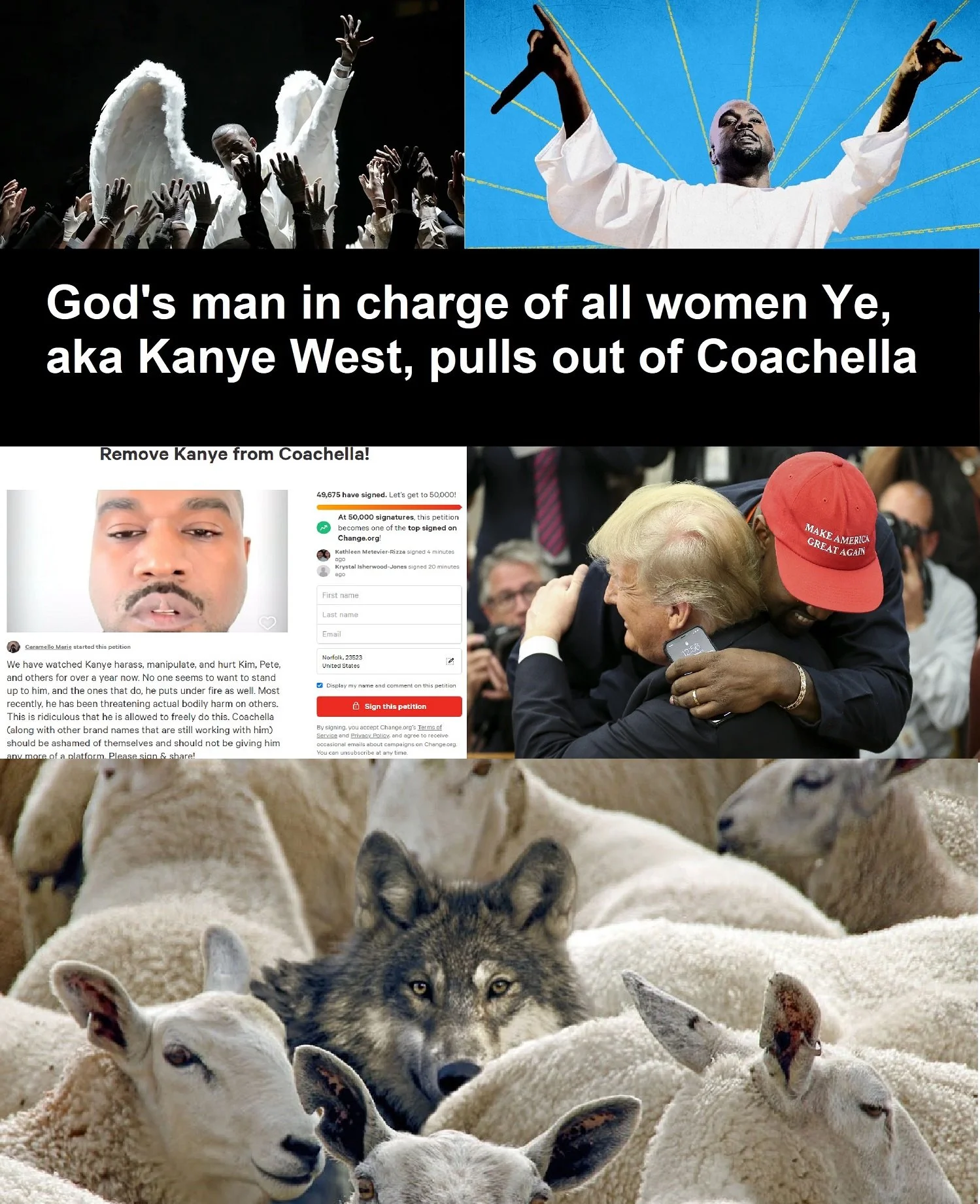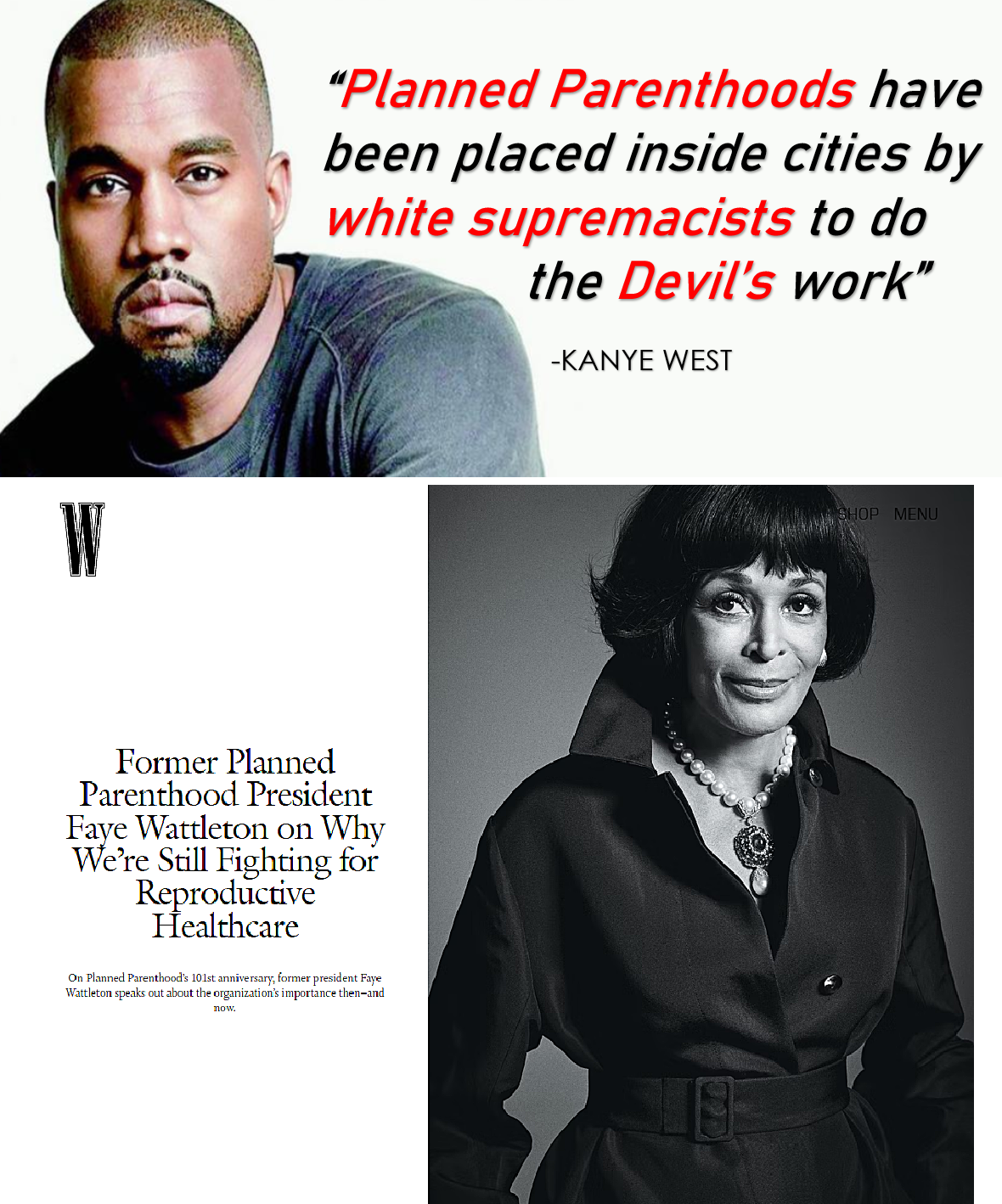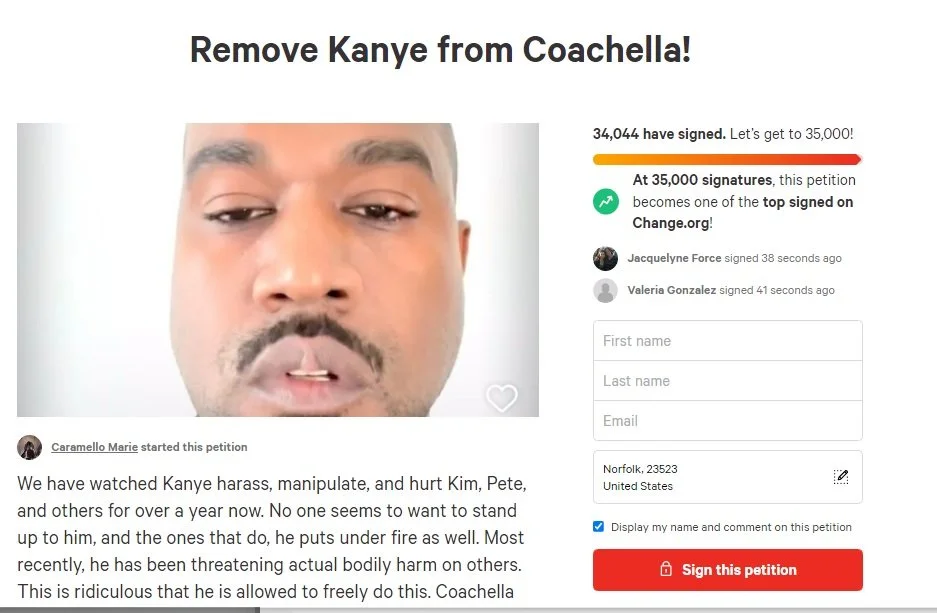The Facts: How the Clinton Global Initiative Works
/HillaryWomen News on Facebook and Anne of Carversville are big supporters of the Clinton Global Initiative, a leading improver of the lives of women and children on our planet. I've followed the foundation for years and have total exasperation over claims made against the excellent work of CGI in conjunction with governments and businesses. The Wall Street Journal recently posted an article on alleged Clinton support for a friend by CGI. We are sharing this post from Medium that responds to that article and explains again the work of the Clinton Global Initiative. I am so personally annoyed over the sanctimonious, self-serving criticism of CGI and Hillary Clinton’s work on behalf of women and girls worldwide that we will devote far more attention to sharing articles about their project. As with all matters Clinton, ignorance prevails among the chattering class. ~ Anne
The Facts: How the Clinton Global Initiative Works
Each year since 2005, the Clinton Global Initiative (CGI) has brought together leaders from the public, private, and nonprofit sectors to tackle the most pressing global challenges. Participants make or partner on Commitments to Action — new, specific, measurable plans to address issues they care about and have the ability to affect. Through their own work, CGI members are providing better access to education and healthcare, creating jobs and improving infrastructure, protecting the environment, increasing opportunity for girls and women, and marshaling resources to fight infectious diseases like Ebola or to help refugees. Read more about the impact CGI’s commitments have had here.Experts say CGI’s unique approach should be celebrated. As noted in a Politico article from 2014:
“Instead of relying on government and multilateral agencies such as the World Bank to tackle big issues like poverty, climate change, gender inequality and so on, private sector actors include big non-profits, philanthropists such as Bill Gates, and multinational companies are now playing an increasingly influential role. Before the CGI, there was no big gathering focused on creating these partnerships.”
Since 2005, members of the CGI community have made more than 3,400 commitments that are improving the lives of more than 430 million people in 180 countries around the world. At CGI, corporations, private investors and foundations not only provide funding for commitments, but also apply their expertise in management, technology, manufacturing, distribution and research to help these projects be as effective as possible. This is not news — in fact, when reporting on an initiative with the Obama Administration in 2011 that increased private and public investment in energy efficiency programs, Politico said:
“Clinton has taken a leading role in the building effort as part of his Clinton Global Initiative, specifically by mobilizing private sector investments.”
Despite this, an article in The Wall Street Journal singled out one CGI commitment, made six years ago, to imply some wrongdoing because it involved a private company that was performing a social good. The article ignored the facts about CGI’s model and how impact investment works. So here are the facts.
FACT: CGI’s mission and charitable purposes are to inspire CGI participants to take action to address global challenges by making commitments. CGI’s mission and charitable purpose, which is publicly available on its IRS Form 990, is “to inspire, connect, and empower participants to make commitments to act to solve the world’s most pressing challenges.” Featuring a commitment designed to help reduce energy costs and consumption is absolutely consistent with CGI’s mission and charitable purposes, and this specific company was working to make homes more energy efficient through retrofitting, which further CGI’s goal of addressing climate change.
FACT: The Clinton Global Initiative and the Clinton Foundation do not fund or implement commitments. While the Wall Street Journal claims that CGI “arranged” and “set up” funding for this commitment, the fact remains that no funding from the Clinton Foundation went to finance this or any other commitment, and CGI has no role in implementing commitments that our members pledge. CGI is a marketplace where CGI members and participants often find funding from other CGI members to implement their commitments. Fostering these introductions is part of the goal of CGI. As Devex noted in 2013:
“CGI is not a funding organization, like the World Bank, and it is not an implementing agency, like WFP. It is unique in its mission and structure. “
FACT: Investing in for-profit companies that deliver a positive, social impact is common at CGI and a major trend in philanthropy. The Wall Street Journal suggests it’s “odd for a for-profit company to be part of a CGI commitment,” but many for-profit companies are addressing climate change through CGI and helping reduce dependency on fossil fuels by building solar panels, operating wind farms, and retrofitting buildings to be more energy efficient.In fact, over 40 different CGI commitments involve retrofitting as a method of addressing climate change, including a commitment from James Richardson & Sons, Limited, who announced a $30 million commitment in clean energy projects; a 2008 commitment from Gruppo Falck to invest $400-$500 million in equity to provide to wind farms to increase their energy-producing capacity; and a 2010 commitment from U.S. Geothermal Inc. to construct two geothermal power plants in the United States.
The Clinton Foundation has also worked in this space for many years. President Clinton and the Clinton Climate Initiative (CCI) helped launch the C40 Cities Climate Leadership Group, which works across the globe to help cities implement broad-scale energy efficiency upgrades. CCI’s HEAL program in Arkansas worked with employers to provide incentives for employees to perform home retrofits, a very similar approach to the commitment that The Wall Street Journal criticizes. In 2009, CCI worked with partners to launch the Empire State Building Retrofit Project. Since then, over 50 buildings and partner projects have replicated and implemented the Empire State Building’s retrofit model because of its proven success.In addition, impact and mission-driven investing are major trends in philanthropy, and more than 130 CGI commitments made use impact investing in their approach. According to Devex:
“Innovative funding streams definitely have a role to play in addressing the world’s most pressing concerns . . . Impact investments are investing in funds, organizations or companies whose goal is to create a social or environmental impact while still being profitable.
In 2009, the Global Impact Investing Network (GIIN), now a leading network for impact investing, launched as a Commitment to Action at the Clinton Global Initiative with the goal of increasing the effectiveness of the field overall. Other foundations have also made significant impact investments in recent years, such as the Kellogg Foundation, the John D. and Catherine T. MacArthur Foundation, and the Knight Foundation.
FACT: Throughout his life in public service, President Clinton has forged many lasting friendships and professional connections that developed around a common goal of promoting social good throughout the world. The Wall Street Journal article suggests that the connections between President Clinton and various people involved with this commitment may create a conflict of interest. In fact, many of President Clinton’s friends are involved in CGI commitments because they share his belief about making a positive impact in the world. President Clinton is not involved in the company mentioned.
FACT: To help encourage greater learning and understanding of commitments, CGI previously announced that all commitments would be publicly available. While the vast majority of commitments — nearly 90% — have always been searchable online in our public database, some have not. Here’s why:
Since CGI began, commitment-makers had the option to make their commitments and progress available for CGI’s internal tracking purposes but not to be listed in our public database. As a member-based organization, we honored that request. As people familiar with CGI know, commitments are not donations to CGI, but the commitment-making person or organization, by virtue of their membership or sponsorship fee to join CGI, has always appeared on the Foundation’s list of donors on its website.
Building upon our 2014 portfolio analysis of all the commitments, we’ve realized the great opportunities that come with sharing as much information as possible. To encourage continuous learning for our members and to strengthen future Commitments to Action made through CGI, we recently announced that we are posting all of these commitments to promote better understanding and learning of our commitments. Devex and Philanthropy News Digest reported on how this action will help to encourage our community to learn and adapt (link) and to reflect on what’s worked and what hasn’t.
Reprinted from: https://medium.com/@ClintonFdn/the-...






















![Kanye West's [aka Ye] Refusal to Treat His Mental Illness Is No Excuse For His Anti-Semitism](https://images.squarespace-cdn.com/content/v1/55f45174e4b0fb5d95b07f39/1666238183530-4WVG9SNG88HTSKQ0WWDV/Is+Kanye-West-Running-Out-of-Platforms.png)








